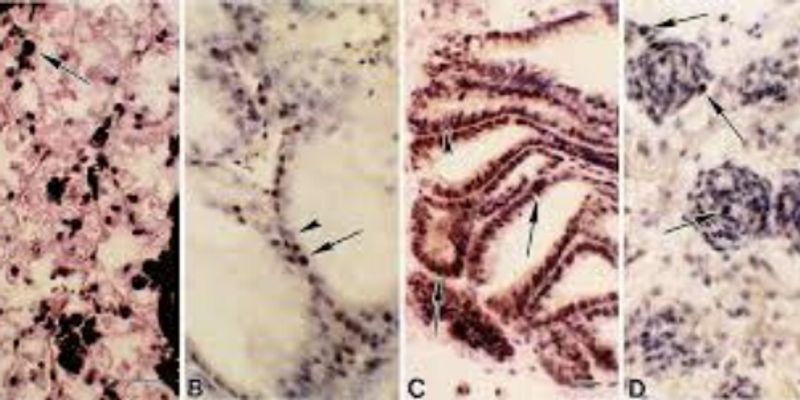Formalin-Fixed Paraffin-Embedded (FFPE)
Formalin-fixed Paraffin-embedded (FFPE) tissues represent an important source of archival materials for gene expression profiling. It is a form of preservation and preparation for biopsy specimens.
-
Micro RNAs (miRNAs) are small, naturally-occurring non-coding ribonucleic acids with sizes between 18 and 40 nucleotides (nts) that have been demonstrated to play a significant role in the re...Speaker: Bee Na Lee, PhDPresented at: Beckman Coulter Life Sciences Virtual Trade Show
Sponsored By: Beckman Coulter Life Sciences
JAN 27, 2015 | 2:00 AM
Formalin Fixed, Paraffin Embedded (FFPE) tissues are rapidly being adopted for transcriptome analysis in conjunction with targeted and whole genome sequencing. Harsh formaldehyde fixation an...
As next-generation sequencing (NGS) platforms advance in their speed, ease-of-use, and cost-effectiveness, many translational researchers are transitioning from microarrays to RNA sequencing...
Speaker:
Kelli Bramlett, M.S.
AUG 20, 2014 | 10:45 AM
A recent publication in Nature Genetics1 analyzed TCGA data, and classified solid tumors into two mutually exclusive classes: C class tumors, driven by copy number alterations; and M class tu...
As next-generation sequencing (NGS) platforms advance in their speed, ease-of-use, and cost-effectiveness, many translational researchers are transitioning from microarrays to RNA sequencing...
Speaker:
Kelli Bramlett and Jeoffrey Schageman
AUG 21, 2013 | 10:00 AM
C.E. CREDITS
Massively parallel sequencing technology has proven to enable the identification of driver genetic alterations in patients' tumors that may be suppressed by targeted therapies. Through retros...
Micro RNAs (miRNAs) are small, naturally-occurring non-coding ribonucleic acids with sizes between 18 and 40 nucleotides (nts) that have been demonstrated to play a significant role in the re...
Speaker:
Bee Na Lee, PhD
Presented at: Beckman Coulter Life Sciences Virtual Trade Show
Sponsored By: Beckman Coulter Life Sciences
Sponsored By: Beckman Coulter Life Sciences
JAN 27, 2015 | 2:00 AM
Formalin Fixed, Paraffin Embedded (FFPE) tissues are rapidly being adopted for transcriptome analysis in conjunction with targeted and whole genome sequencing. Harsh formaldehyde fixation an...
As next-generation sequencing (NGS) platforms advance in their speed, ease-of-use, and cost-effectiveness, many translational researchers are transitioning from microarrays to RNA sequencing...
Speaker:
Kelli Bramlett, M.S.
AUG 20, 2014 | 10:45 AM
A recent publication in Nature Genetics1 analyzed TCGA data, and classified solid tumors into two mutually exclusive classes: C class tumors, driven by copy number alterations; and M class tu...
As next-generation sequencing (NGS) platforms advance in their speed, ease-of-use, and cost-effectiveness, many translational researchers are transitioning from microarrays to RNA sequencing...
Speaker:
Kelli Bramlett and Jeoffrey Schageman
AUG 21, 2013 | 10:00 AM
C.E. CREDITS
Massively parallel sequencing technology has proven to enable the identification of driver genetic alterations in patients' tumors that may be suppressed by targeted therapies. Through retros...






